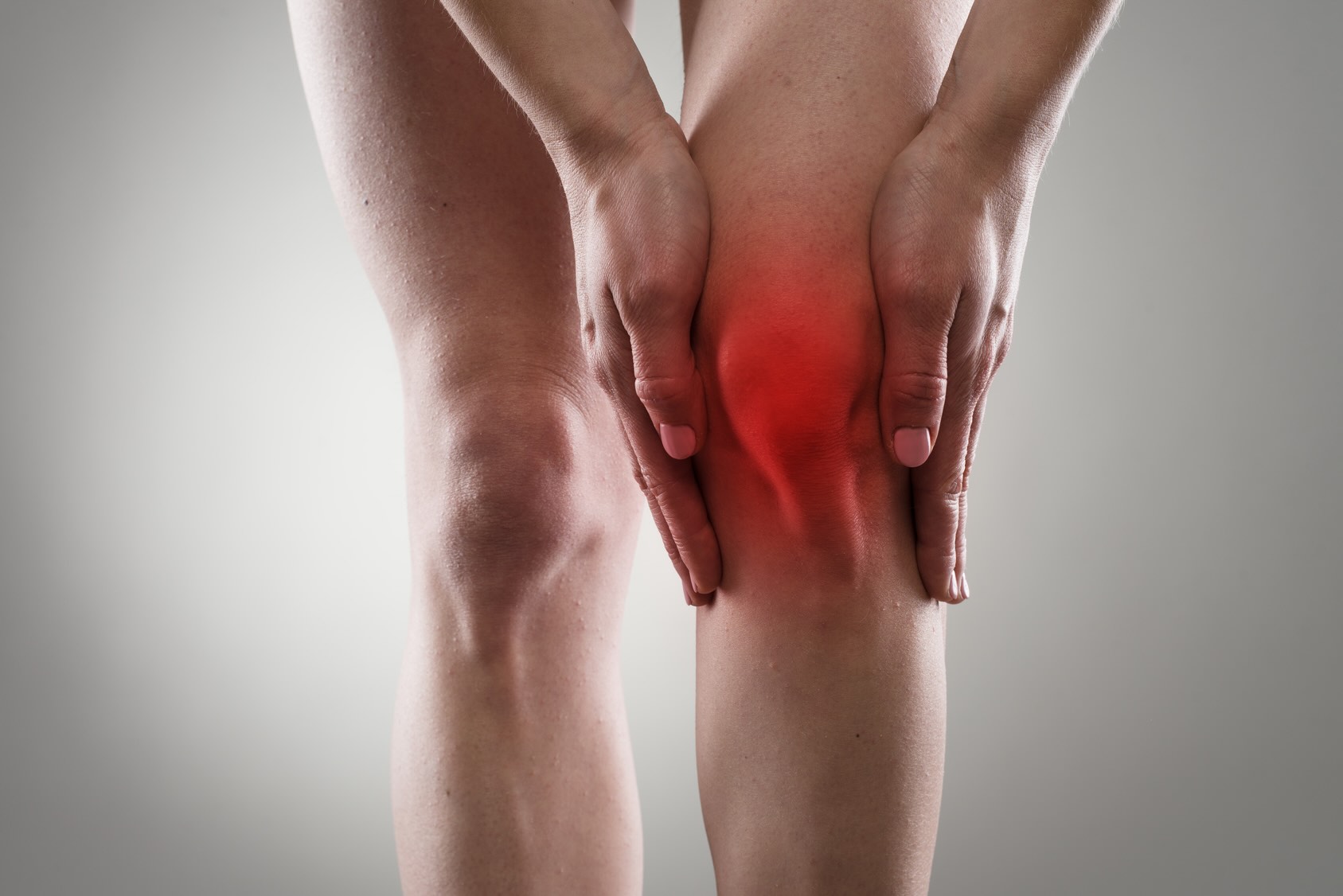
Tendinitis is a common condition that affects many people, causing pain and discomfort in various parts of the body. But what exactly is tendinitis? Tendinitis is the inflammation or irritation of a tendon, the thick fibrous cords that attach muscle to bone. This condition can occur in any tendon, but it’s most common around shoulders, elbows, wrists, knees, and heels. Tendinitis often results from repetitive motion or overuse, making it a frequent issue for athletes and those with physically demanding jobs. Symptoms include pain, tenderness, and mild swelling. Understanding the causes, symptoms, and treatments can help manage and prevent this painful condition. Ready to learn more? Let's dive into 31 fascinating facts about tendinitis!
What is Tendinitis?
Tendinitis is a common condition that affects the tendons, which are the thick cords attaching muscles to bones. It often causes pain and tenderness just outside a joint. Here are some interesting facts about tendinitis:
-
Tendinitis can occur in any tendon. However, it is most common around shoulders, elbows, wrists, knees, and heels.
-
Commonly known as "tennis elbow" or "golfer's elbow". These terms refer to tendinitis in the elbow, often caused by repetitive motion.
-
Athletes are at higher risk. Sports involving repetitive movements, like tennis or running, increase the likelihood of developing tendinitis.
-
Aging increases risk. Tendons become less flexible with age, making them more prone to injury.
-
Symptoms include pain and swelling. Affected areas may also feel tender and warm to the touch.
Causes of Tendinitis
Understanding what causes tendinitis can help in preventing it. Here are some key causes:
-
Repetitive motion is a major cause. Activities that involve repetitive movements can strain tendons.
-
Sudden injury can trigger tendinitis. A sudden, sharp movement or heavy lifting can cause tendon damage.
-
Poor posture contributes. Incorrect posture while sitting or standing can put extra stress on tendons.
-
Inadequate stretching before exercise. Not warming up properly can make tendons more susceptible to injury.
-
Certain diseases increase risk. Conditions like diabetes and rheumatoid arthritis can make tendons more vulnerable.
Treatment Options
Treating tendinitis effectively can help alleviate pain and prevent further damage. Here are some common treatments:
-
Rest is crucial. Giving the affected tendon time to heal is essential.
-
Ice packs reduce swelling. Applying ice can help manage inflammation and pain.
-
Physical therapy strengthens muscles. Exercises designed by a physical therapist can improve flexibility and strength.
-
Anti-inflammatory medications help. Over-the-counter drugs like ibuprofen can reduce pain and swelling.
-
Corticosteroid injections may be used. In severe cases, doctors might inject steroids to reduce inflammation.
Preventing Tendinitis
Prevention is always better than cure. Here are some tips to prevent tendinitis:
-
Warm up before activities. Proper stretching can prepare tendons for physical activity.
-
Use proper technique. Whether in sports or daily activities, using the correct technique can reduce strain on tendons.
-
Take breaks during repetitive tasks. Regular breaks can prevent overuse of tendons.
-
Strengthen muscles around tendons. Strong muscles can support tendons and reduce the risk of injury.
-
Wear appropriate footwear. Good shoes can provide support and reduce stress on tendons, especially in the feet and legs.
Interesting Facts
Here are some lesser-known facts about tendinitis that might surprise you:
-
Tendinitis can affect anyone. It's not just athletes who are at risk; anyone can develop tendinitis.
-
Women are more prone to tendinitis. Hormonal differences and certain activities may make women more susceptible.
-
Tendinitis can be chronic. If not treated properly, tendinitis can become a long-term issue.
-
Vitamin C is important. This vitamin helps in the repair and maintenance of tendons.
-
Ergonomic tools can help. Using tools designed to reduce strain can prevent tendinitis in the workplace.
Myths and Misconceptions
There are many myths surrounding tendinitis. Let's clear up some common misconceptions:
-
Myth: Tendinitis only affects athletes. Fact: Anyone can develop tendinitis, regardless of activity level.
-
Myth: Rest alone will cure tendinitis. Fact: While rest is important, other treatments like physical therapy are often necessary.
-
Myth: Tendinitis is always caused by overuse. Fact: Sudden injuries and poor posture can also cause tendinitis.
-
Myth: Surgery is always required. Fact: Most cases of tendinitis can be treated without surgery.
-
Myth: Tendinitis pain will go away on its own. Fact: Ignoring the pain can lead to chronic issues and more severe damage.
Final Thoughts
Understanding tendinitis, its causes, treatments, and prevention can help manage and avoid this painful condition. Here’s one last fact to keep in mind:
- Early intervention is key. Addressing symptoms early can prevent tendinitis from becoming a chronic problem.
Final Thoughts on Tendinitis
Tendinitis can be a real pain, literally. Knowing the symptoms and causes helps you catch it early. Rest and proper treatment are key to recovery. Ignoring it can lead to chronic issues, so don't push through the pain. Prevention is better than cure—warm up before activities, use proper techniques, and don't overdo it. If you suspect tendinitis, see a healthcare professional for advice. They can guide you on the best course of action. Remember, your tendons are crucial for movement. Taking care of them ensures you stay active and healthy. Stay informed, listen to your body, and take action when needed. Tendinitis doesn't have to sideline you if you handle it right. Stay proactive and keep those tendons happy!
Was this page helpful?
Our commitment to delivering trustworthy and engaging content is at the heart of what we do. Each fact on our site is contributed by real users like you, bringing a wealth of diverse insights and information. To ensure the highest standards of accuracy and reliability, our dedicated editors meticulously review each submission. This process guarantees that the facts we share are not only fascinating but also credible. Trust in our commitment to quality and authenticity as you explore and learn with us.
